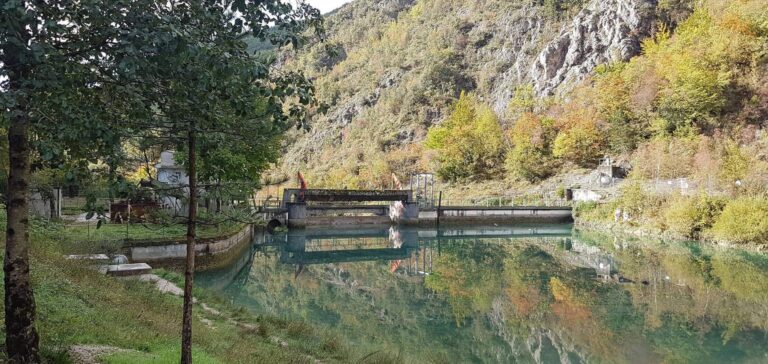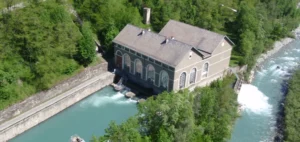Enel Green Power considers it essential to maintain and improve the performance of its hydropower plants, in particular through what it calls repowering, i.e. the replacement and modernization of some or all of the major components of its plants.
With the development of intermittent solar and wind energy as part of the energy transition, hydropower plays an even more important role in helping to maintain the stability and security of the power grid. In addition to the modulating and regulating capability of reservoir systems, pumped storage hydroelectric facilities can rapidly produce large amounts of clean energy from water stored in an upstream reservoir at times of highest demand.
Repowering increases plant capacity
Equipment to be upgraded during repowering may include generators or turbines (which may be increased in number), machinery automation components or hydraulic systems. The objective of repowering is to increase the installed capacity and/or production of an existing plant. Another important part of the repowering is the general modernization of the plant and the extension of the useful life of its machinery.
Many of the repowering investments are designed to improve water use, thereby avoiding waste, especially in agricultural areas. Improvements are also being made in hydroelectric reservoirs, allowing for more precise regulation of the amount of water that is released. In addition, planned releases of water from dams can improve crop production potential.
Enel Green Power invests heavily in repowering
Enel Green Power has been investing in the renovation of its power plants for several years. In Italy, for example, the company has prepared a plan with a budget of about 40 million euros (US$43.9 million) for interventions on pumped storage plants that will be completed by the end of the year, while repowering interventions on conventional plants are underway with additional investment.
Enel Green Power’s ongoing repowering and refurbishment campaign in Italy includes interventions in about 20 plants with a total capacity of about 4,500 MW. The Crego power plant in Piedmont is an excellent example of the company’s goal: repowering has led to an increase in production of more than 28 GW per year.
Enel Green Power has launched a similar program in Spain at the Flix power plant on the Ebro River, increasing production by 10 GWh per year. Enel Green Power, within the Enel Group, develops and operates renewable energy plants worldwide and is present in Europe, America, Asia, Africa and Oceania. The company has a total capacity of approximately 54 GW and a generation mix that includes wind, solar, geothermal and hydroelectric power.






















